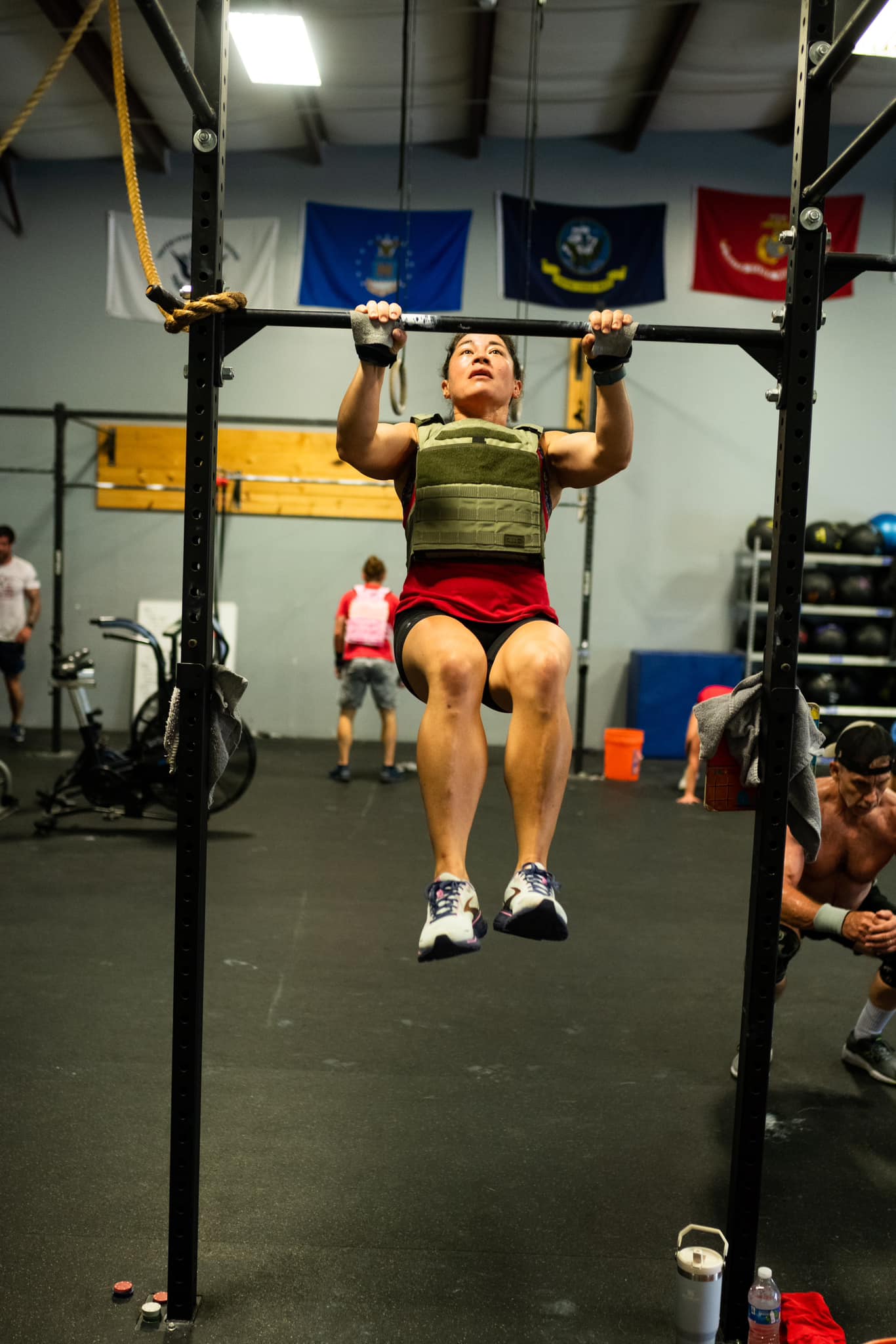Choosing the right fitness program can be daunting. Many people are confused about the differences between high-intensity interval training (HIIT) programs like Orange Theory Fitness (OTF) and the more functional fitness-focused approach of CrossFit (and F45). This comprehensive comparison aims to clarify the nuances of each program, helping you make an informed decision that aligns with your specific fitness goals and preferences.
High-intensity interval training (HIIT) has exploded in popularity, offering a time-efficient way to boost cardiovascular fitness and burn calories. This method involves short bursts of intense exercise followed by brief recovery periods, making workouts challenging and effective. This article contrasts Orange Theory Fitness (OTF), CrossFit, and F45, examining their key features to help readers identify the best program for their needs.
OTF centers on cardio-focused HIIT workouts, often with a structured approach to heart rate monitoring. CrossFit and F45, on the other hand, prioritize functional fitness, often with dynamic workouts involving a range of exercises and equipment. The goal of this comparison is to give readers a clearer picture of each program’s structure, intensity, and focus, allowing them to determine which best meets their needs.
Comparing OTF, CrossFit, and F45
| Feature | Orangetheory Fitness (OTF) | CrossFit | F45 Training |
| Class Style | Heart-rate-based HIIT and endurance training | Functional fitness with varied workouts |
Circuit-based HIIT and functional training
|
| Duration | 60 minutes | 60 minutes or varied | 45 minutes |
| Intensity | Scalable, focuses on heart rate zones | Scalable, high intensity |
High intensity but beginner-friendly
|
| Focus | Cardiovascular fitness, calorie burn | Strength, endurance, gymnastics |
Cardio, general strength, and fat loss
|
| Equipment | Treadmills, rowers, weights | Free weights, gymnastic rings, and barbells | TRX, kettlebells, free weights |
| Community Aspect | Team-oriented but less competitive | Strong community, often competitive |
Supportive, team-based atmosphere
|
| Coaching | Certified coaches monitor progress | Certified trainers lead classes |
Coaches with visual cues via TV screens
|
| Variety | Pre-designed daily workouts | Ever-changing workouts |
Daily changes in workout circuits
|
| Cost | Moderate to high | Generally cheaper | Generally higher |
| Global Presence | 1,500+ locations globally | 15,000+ affiliate gyms worldwide | 1,750+ studios in 45 countries |
| Founded | 2010 (Florida, USA) | 2000 (California, USA) | 2011 (Sydney, Australia) |
Focusing on the Differences (OTF vs. CrossFit/F45)
The key difference lies in the approach to workouts. OTF is largely cardio-based, maintaining a relatively predictable intensity level and using heart rate zones to guide participants. CrossFit and F45, in contrast, feature varied, constantly changing workouts (“”Workouts of the Day”” or WODs), emphasizing functional movement and adaptability. Understanding these intensity variations is critical to determining the program that best suits your goals.
The emphasis on intensity and structure differs. OTF maintains a controlled intensity level, emphasizing cardiovascular fitness and calorie burning. CrossFit/F45 workouts tend to be more variable in intensity, challenging strength, power, and functional fitness. These differences must be considered when determining the program that aligns best with individual goals.
The equipment used also plays a critical role in each program’s unique approach. OTF primarily relies on cardio machines, while CrossFit/F45 makes more extensive use of weights, kettlebells, and other equipment. This variability reflects a difference in the types of fitness each program prioritizes. Recognizing these differences will assist in understanding the most effective program for your body type.
Instructors’ roles also differ significantly. OTF instructors mainly guide participants through workouts, providing motivation and form corrections. CrossFit/F45 instructors frequently have a more in-depth understanding of the exercises, focusing on proper technique and safety. Recognizing these nuances in instruction is crucial for a safe and productive workout.
Focusing on the Similarities (OTF vs. CrossFit/F45)
Despite their differences, these programs share common ground. All three offer high-energy workouts designed to improve overall fitness. They all create an environment where fitness goals are achievable through dedicated effort. This group-based exercise setting encourages community, although the structure of the community varies based on individual gym design and culture.
All three fitness options provide avenues to build a supportive community with like-minded individuals. Understanding how each program fosters this community aspect can further refine your decision-making process when considering individual preferences.
Focusing on Specific Features
A key factor is the primary focus on cardio versus strength training. OTF heavily leans on cardio, whereas CrossFit/F45 emphasize a mix of strength and conditioning. The structure of the programs also varies considerably, with pre-structured OTF classes offering a more predictable format, and CrossFit/F45 classes featuring dynamic WODs. Consider whether your preferred workout style aligns with your goals and schedule.
Different fitness programs utilize different heart rate metrics. OTF extensively monitors heart rate zones, while CrossFit/F45 might not have the same level of heart rate focus. Each has strengths in how they track progress and monitor results. This aspect is essential to consider, especially if precise heart rate management is important to you.
Cost is often a primary concern. CrossFit and Orangetheory studios can vary greatly in cost, sometimes exceeding the price point of other programs. Budgeting for your fitness commitment needs careful consideration and should not be overlooked.
Each program’s effectiveness for weight loss is noteworthy. OTF is often associated with calorie burning, whereas CrossFit/F45 can foster significant strength improvements that, in turn, enhance calorie expenditure. Your weight loss goals will help determine the program that aligns best with your overall fitness aspirations.
Ideally, the program should match your fitness level. CrossFit/F45 classes often present a greater level of physical demand than OTF, making them a better option for advanced trainees. Consider your current fitness level and experience when determining the best program for you.
Focusing on the Experience
The workout atmosphere significantly impacts the overall experience. Understanding how each program manages its space and motivates participants is key. Some people enjoy a more structured atmosphere, while others desire more freedom in their workouts. Your chosen workout needs to resonate with you personally.
Feedback from previous participants can offer valuable insight. The experience of a member can dramatically affect the overall outcome. Researching participant reviews and testimonials will provide valuable information for selecting a workout that aligns with your vision.
Which should you choose between Orange Theory, Crossfit and F45
It really depends on your goals and preferences. F45 is great if you like structured, team-based workouts that focus on cardio and strength with a time-efficient approach. OTF is ideal for those who want to track their progress through heart-rate monitoring while improving endurance and burning calories. CrossFit offers a mix of strength, endurance, and functional fitness in a supportive, community-driven environment, perfect for those who enjoy variety and pushing their limits. If building strength and functional fitness sounds like what you’re aiming for, I’d recommend trying a CrossFit class. Let me know if you’d like me to help set up a trial for you!








